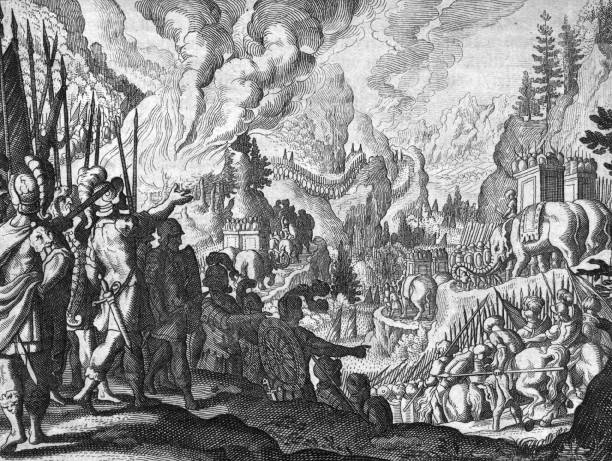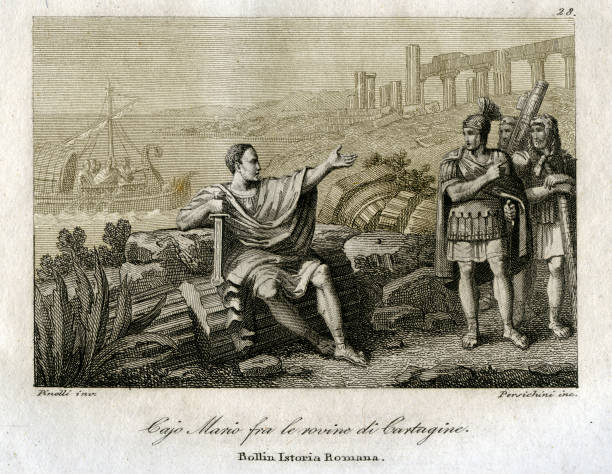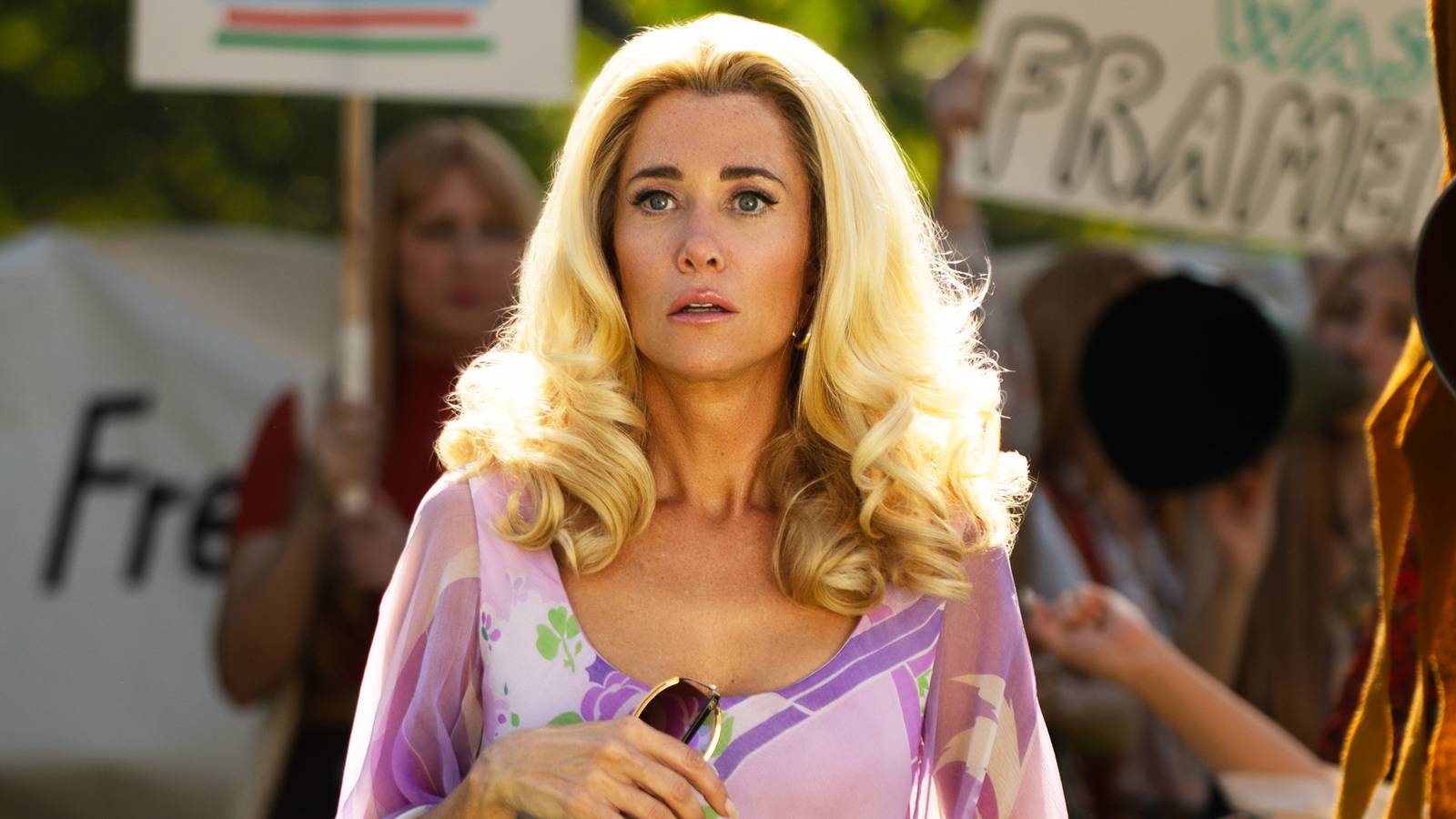Carthage: The African Power That Challenged Rome

History often tells the story of Rome as if its rise to supremacy over the Mediterranean was inevitable — as though the gods themselves had decreed it. But the truth is that Rome’s ascent was neither swift nor unchallenged. For over a century, the Roman Republic faced an adversary across the waters of the Mediterranean — a city so wealthy, so determined, and so strategically placed that it came close to altering the course of ancient history. That city was Carthage, located in present-day Tunisia, a North African power whose shadow once stretched from the deserts of Libya to the silver mines of Spain.
A City Born of the Sea
Carthage was a Phoenician colony, founded around the 9th century BC by settlers from Tyre in modern-day Lebanon. Its name, in the Phoenician tongue, meant “New City” — Qart Hadasht — but it was anything but a small outpost. Carthage grew quickly into a maritime powerhouse, its ships fanning out across the Mediterranean, trading in gold, ivory, grain, metals, textiles, and exotic goods from Africa and beyond.
Its location was a gift of geography. Nestled on the Gulf of Tunis, it controlled sea routes between the eastern and western Mediterranean. Its harbors — including the famous circular military harbor — could host hundreds of warships. This naval might was matched by an economic network that linked North Africa with the islands of Sicily, Sardinia, Corsica, and the Iberian Peninsula.
From the outset, Carthage was both African and cosmopolitan, drawing influences from its Phoenician founders, indigenous Berber communities, and the many cultures it traded with. It was a city of merchants, sailors, and diplomats — but also of warriors.
Rome and Carthage: Two Worlds Collide
By the 3rd century BC, Rome and Carthage were the two most powerful states in the western Mediterranean. But they were very different in character. Rome was a land power, its strength rooted in disciplined legions and the gradual expansion of territory in Italy. Carthage was a sea power, its wealth flowing from commerce, its influence stretching over islands and coasts.
Their paths were bound to cross — and when they did, the clash became one of the defining rivalries of the ancient world. The competition began over control of Sicily, a fertile and strategically vital island that lay between the two powers. In 264 BC, the First Punic War erupted, lasting over two decades. Rome, inexperienced at sea, built its own navy from scratch, adapting quickly to maritime warfare. When the war finally ended in 241 BC, Rome had taken Sicily, marking its first foothold outside the Italian peninsula.
For Carthage, the loss was a blow, but not a death sentence. The city still commanded wealth, fleets, and ambition — and it still had generals capable of daring feats.
The Rise of Hannibal

SOURCE: Getty Images | The Punic Wars
The Second Punic War would transform the rivalry into legend, thanks to one man: Hannibal Barca. Born into a Carthaginian military family, Hannibal inherited from his father not only skill in warfare but a personal vow to never be a friend of Rome. In 218 BC, Hannibal undertook one of the most audacious campaigns in history — leading an army, complete with war elephants, from Spain, across the Pyrenees, through Gaul, and over the snowbound Alps into Italy.
The journey itself was a feat of endurance. Hannibal lost many men and animals along the way, yet what remained was enough to challenge Rome on its own soil. In battles such as Trebia, Lake Trasimene, and Cannae, Hannibal’s tactics stunned the Roman legions, inflicting massive casualties and shaking Rome’s confidence. At Cannae in 216 BC, his forces encircled and annihilated an army nearly twice their size — a maneuver still studied by military strategists today.

SOURCE: Getty Images | Hannibal’s crossing of the Alps
For over a decade, Hannibal roamed Italy, expecting Rome’s allies to abandon the Republic. But Rome’s resilience proved remarkable. The city refused to negotiate, and its allies largely stood firm. Gradually, Rome shifted the war back in its favor, carrying the fight to Carthage’s holdings in Spain and North Africa.
The Fall of Carthage’s Hopes
In 202 BC, the two powers faced off at the Battle of Zama, near modern-day Tunisia. Here, Hannibal met his match in the Roman general Scipio Africanus. With the support of Numidian cavalry — former allies of Carthage — Rome defeated Hannibal decisively. Carthage was forced to surrender its fleet, pay a crushing indemnity, and cede its overseas territories.
Though weakened, the city remained prosperous in trade, rebuilding its economy within decades. But Rome had learned to see Carthage not just as a rival, but as a threat that could not be allowed to rise again. Politicians like Cato the Elder famously ended speeches with the phrase, Carthago delenda est — “Carthage must be destroyed.”
The Final War
In 149 BC, Rome found its excuse. Accusing Carthage of breaking treaty terms, the Roman Senate declared the Third Punic War. This time, the objective was not victory, but annihilation. The siege lasted three years, with Carthage’s citizens fighting desperately, turning every street and rooftop into a battlefield.
In 146 BC, the city fell. The Romans burned Carthage to the ground, demolished its walls, and — according to later legend — sowed the earth with salt so that nothing would grow there again. Tens of thousands were killed or sold into slavery. The proud African metropolis that had once rivaled Rome ceased to exist as an independent power.
An African Legacy in the Mediterranean
Yet even in destruction, Carthage’s influence did not vanish. Rome itself absorbed many aspects of Carthaginian naval technology, trade practices, and even urban design. Carthage’s maritime reach had helped knit together the economies of Africa, Europe, and the Middle East long before the Roman Empire formalized those connections.

SOURCE: Getty Images | Caio Ario at Carthage
The city’s heritage was also shaped by its African roots. Carthage’s interaction with indigenous Berber kingdoms and its control of North African agricultural wealth — especially grain and olive oil — made it a linchpin in the region’s economy. Even under Roman rule, the rebuilt Carthage would become one of the most important cities of the empire, eventually rivaling Alexandria in Egypt as a center of learning and commerce.
Challenging Historical Narratives
Carthage’s story complicates the narrative of ancient history often told from a Eurocentric perspective. Too often, Africa’s role in shaping the classical world is reduced to the margins, as though the continent was only a passive recipient of outside influence. In truth, Carthage was a driver of Mediterranean politics, a maker of history, and a formidable rival that nearly altered Rome’s destiny.
To remember Carthage is to remember that Africa was not merely a backdrop to Europe’s rise, but a stage upon which some of its greatest dramas were played. Hannibal’s march across the Alps, the decades of naval warfare, the diplomatic intrigue over Mediterranean trade — all were part of Africa’s imprint on the ancient world.
Lessons from a Lost City
The rivalry between Rome and Carthage offers lessons that remain relevant today. It speaks to the dangers of underestimating one’s rivals, the unpredictability of power, and the consequences of total war. Carthage’s fall was not inevitable; it was the result of strategic miscalculations, political divisions, and an enemy that refused to yield.
At the same time, Carthage’s story is one of resilience. Even after its destruction, its cultural and economic legacies endured, woven into the fabric of North Africa’s history. Its ruins, now a UNESCO World Heritage Site, stand as a reminder that empires may crumble, but the memory of their achievements can outlast the centuries.
An African Rival Worth Remembering
In the end, Carthage’s greatest achievement may have been the challenge it posed to Rome. For over a hundred years, the balance of power in the Mediterranean was uncertain — and in that uncertainty lay the possibility of a different world. Perhaps if Hannibal had captured Rome, or if Carthage had maintained its naval supremacy, the map of history would look different today.
What remains certain is this: Carthage was not simply Rome’s greatest rival — it was Africa’s gift to the annals of world history, a testament to the continent’s power, sophistication, and enduring role in shaping civilizations.
Recommended Articles
There are no posts under this category.You may also like...
Super Eagles' Shocking Defeat: Egypt Sinks Nigeria 2-1 in AFCON 2025 Warm-Up

Nigeria's Super Eagles suffered a 2-1 defeat to Egypt in their only preparatory friendly for the 2025 Africa Cup of Nati...
Knicks Reign Supreme! New York Defeats Spurs to Claim Coveted 2025 NBA Cup

The New York Knicks secured the 2025 Emirates NBA Cup title with a 124-113 comeback victory over the San Antonio Spurs i...
Warner Bros. Discovery's Acquisition Saga: Paramount Deal Hits Rocky Shores Amid Rival Bids!

Hollywood's intense studio battle for Warner Bros. Discovery concluded as the WBD board formally rejected Paramount Skyd...
Music World Mourns: Beloved DJ Warras Brutally Murdered in Johannesburg

DJ Warras, also known as Warrick Stock, was fatally shot in Johannesburg's CBD, adding to a concerning string of murders...
Palm Royale Showrunner Dishes on 'Much Darker' Season 2 Death

"Palm Royale" Season 2, Episode 6, introduces a shocking twin twist, with Kristen Wiig playing both Maxine and her long-...
World Cup Fiasco: DR Congo Faces Eligibility Probe, Sparks 'Back Door' Accusations from Nigeria

The NFF has petitioned FIFA over DR Congo's alleged use of ineligible players in the 2026 World Cup playoffs, potentiall...
Trump's Travel Ban Fallout: African Nations Hit Hard by US Restrictions

The Trump administration has significantly expanded its travel restrictions, imposing new partial bans on countries like...
Shocking Oversight: Super-Fit Runner Dies After Heart Attack Symptoms Dismissed as Heartburn

The family of Kristian Hudson, a 'super-fit' 42-year-old marathon runner, is seeking accountability from NHS staff after...
.png&w=1920&q=75)
